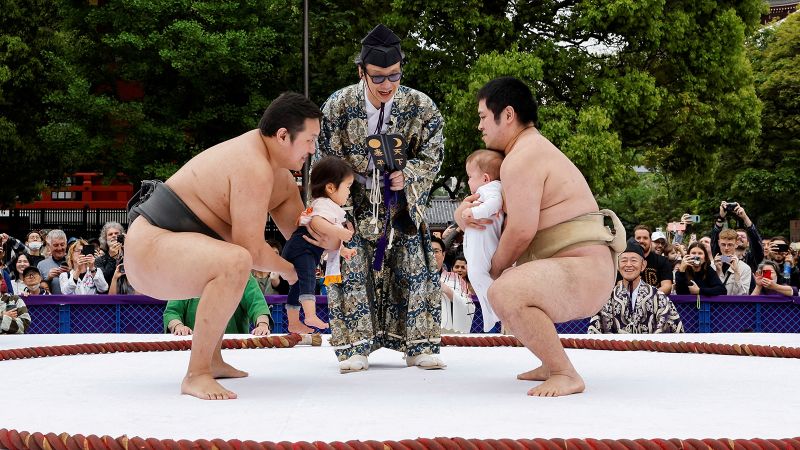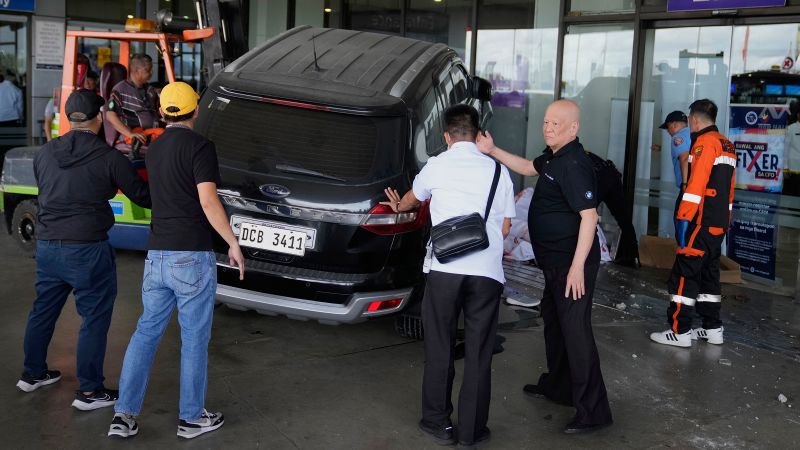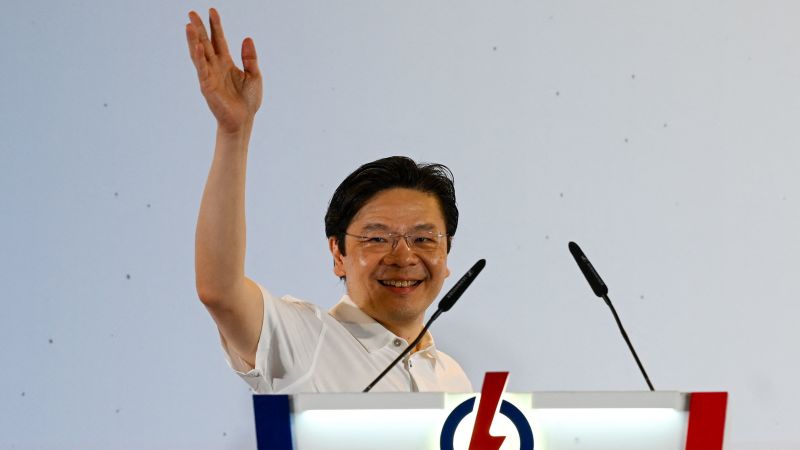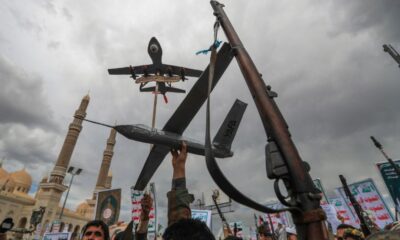Tokyo
AP
—
Japan and China have accused each other of violating the airspace around the Japanese-controlled East China Sea islands, which Beijing also claims.
The latest territorial flap came as both appeared to have warmer ties while seeking to mitigate damages from the US tariff war.
Japan’s Foreign Ministry said in a statement it lodged a “very severe protest” with Beijing after a Chinese helicopter took off from one of China’s four coast guard boats, which had entered Japan’s territorial waters around the Senkaku Islands. The helicopter violated Japanese airspace for about 15 minutes on Saturday, the ministry said.
The statement called the incident an “intrusion … into Japan’s territorial airspace” and urged the Chinese government to ensure preventive measures.
Japan’s Self-Defense Force scrambled fighter jets in response, according to the Defense Ministry.
China also protested to Tokyo over a Japanese civilian aircraft violating its airspace around the islands, saying it was “strongly dissatisfied” about Japan’s “severe violation of China’s sovereignty,” according to a statement by the Chinese Embassy in Japan late Saturday.
China Coast Guard said it “immediately took necessary control measures against it in accordance with the law” and dispatched a ship-borne helicopter to warn and drive away the Japanese aircraft.
Japanese officials are investigating a possible connection between the Chinese coast guard helicopter’s airspace intrusion and the small Japanese civilian aircraft flying in the area around the same time.
China routinely sends coast guard vessels and aircraft into waters and airspace surrounding the islands, which China calls the Diaoyu, to harass Japanese vessels in the area, forcing Japan to quickly mobilize its jets.
Saturday’s intrusion was the first by China since a Chinese reconnaissance aircraft violated the Japanese airspace off the southern prefecture of Nagasaki in August. Chinese aircraft have also violated the Japanese airspace around the Senkaku twice in the past.


























